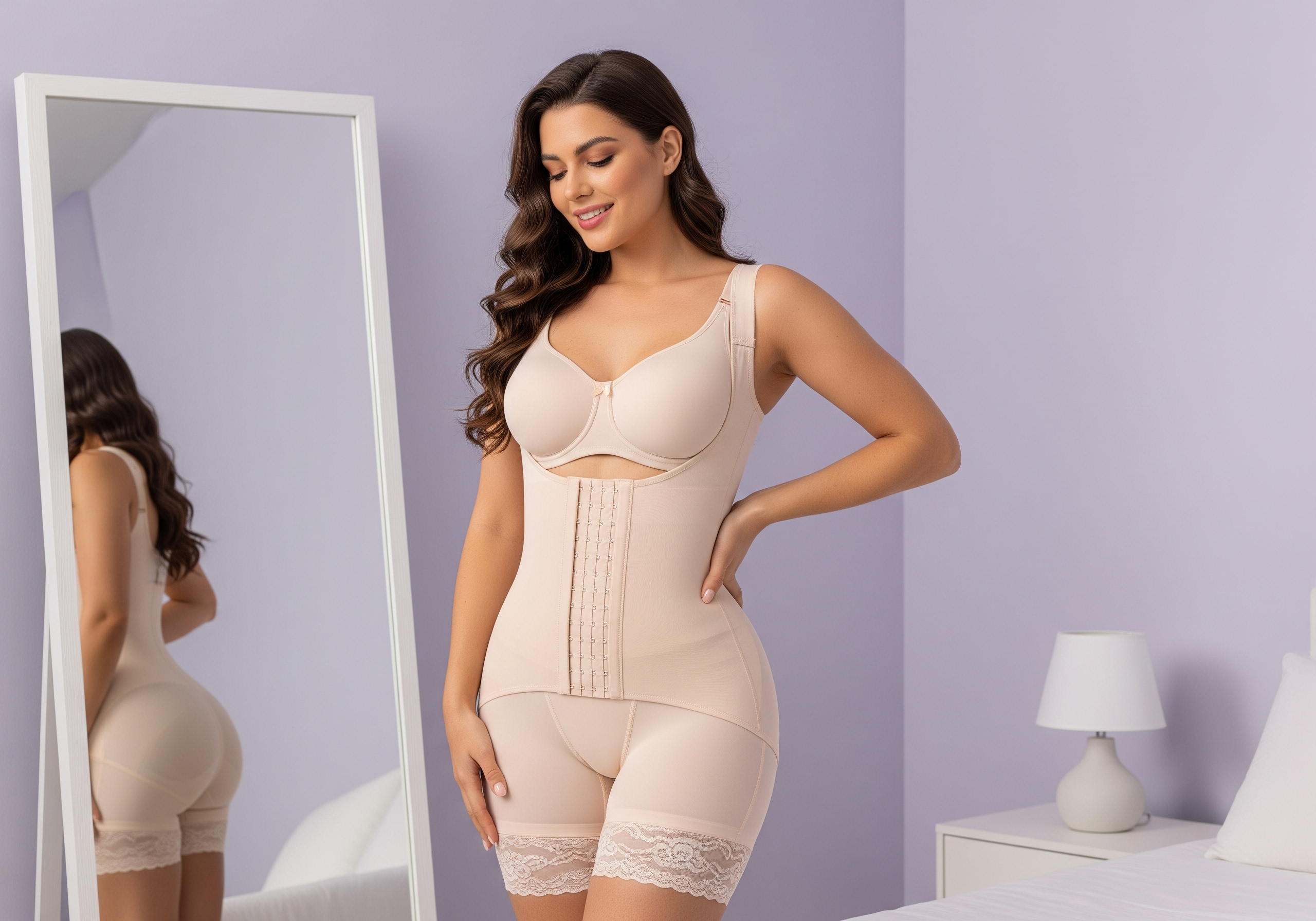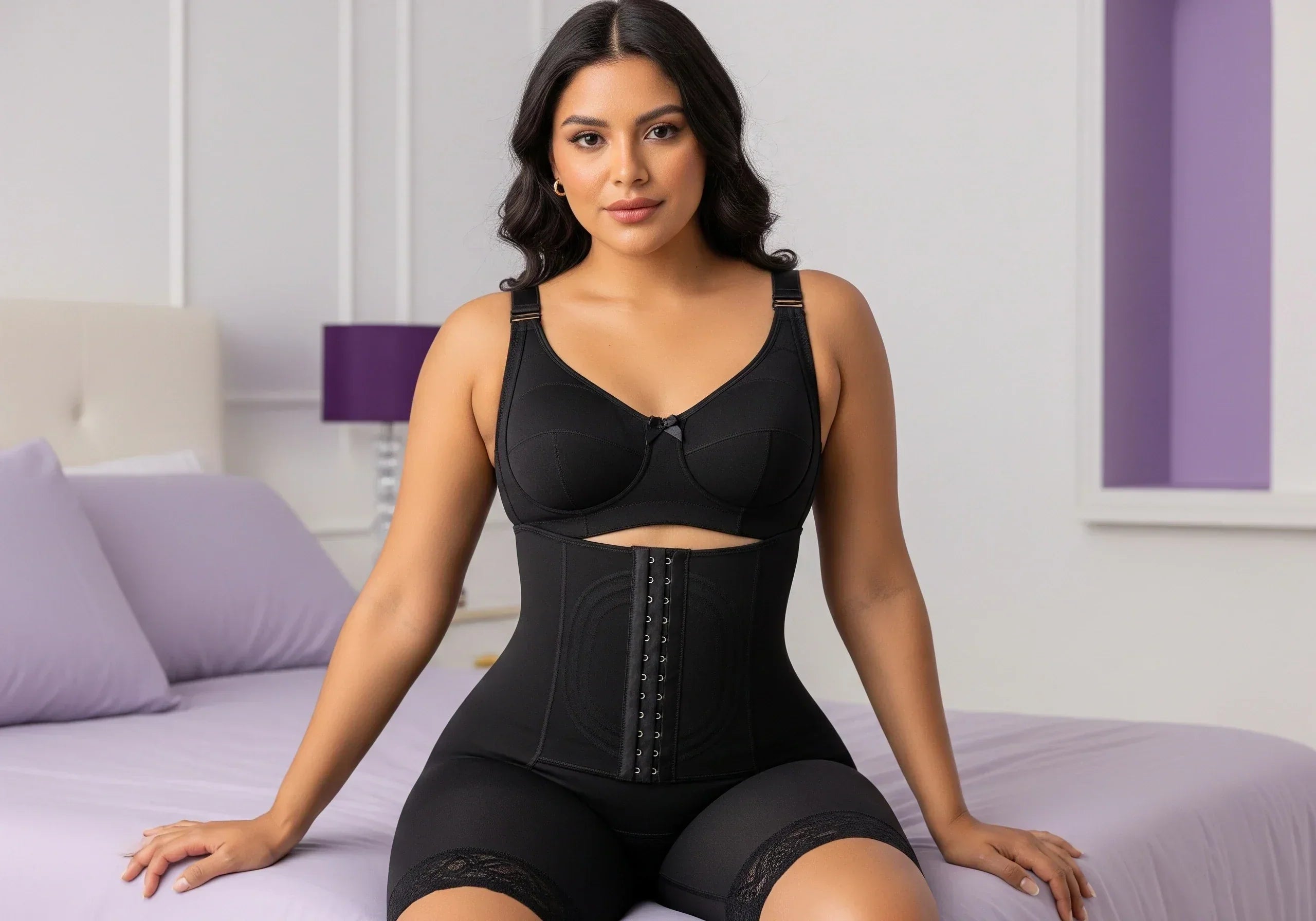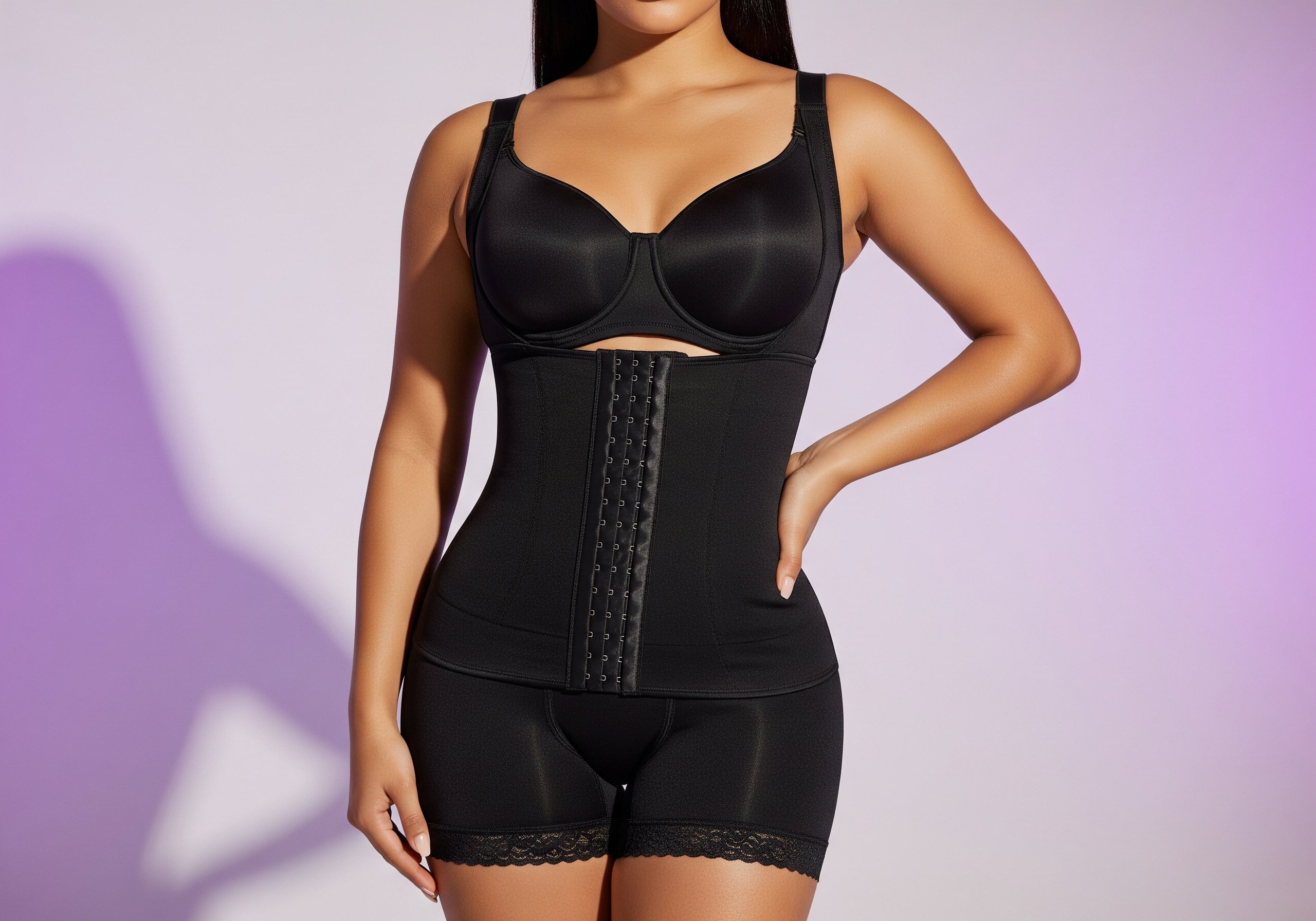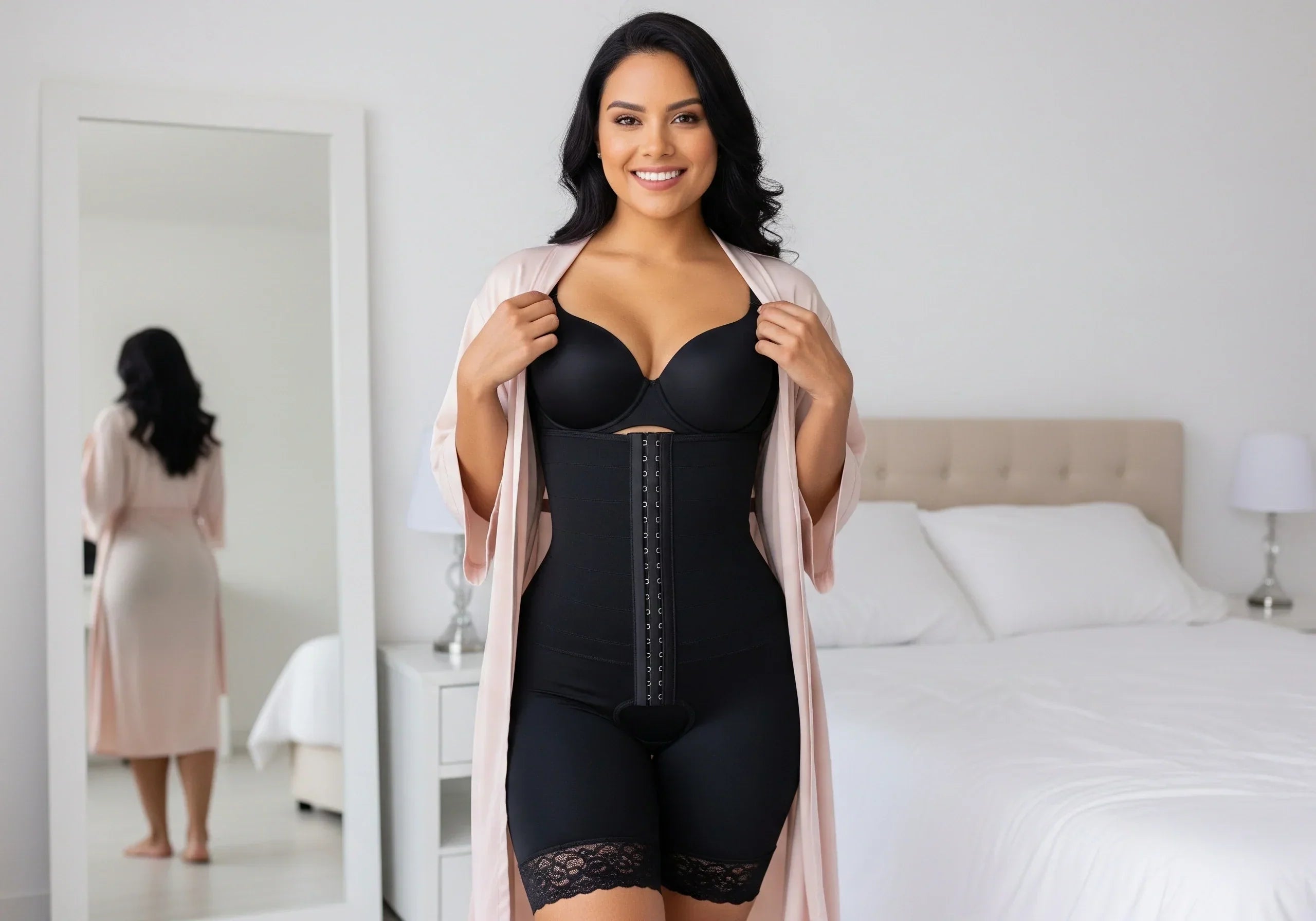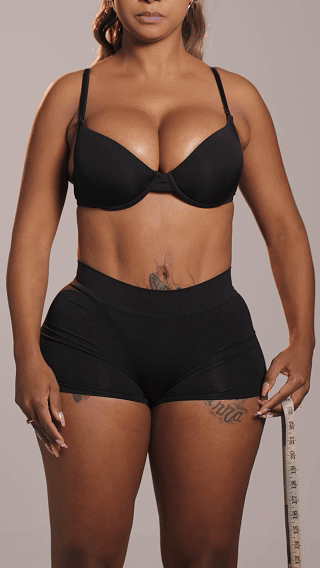The Role of Compression Garments After Abdominoplasty: A Technical Overview
Abdominoplasty, commonly known as a tummy tuck, is a surgical procedure designed to improve the shape and tone of the abdomen. Post-operative care is critical for optimal healing and aesthetic outcomes. Compression garments play a significant role in this phase, influencing everything from edema reduction to skin retraction. As Dr. Carlos Méndez, Technical Expert, this article elucidates the differences between binders and compression garments, citing clinical studies to support best practices.
Understanding Abdominoplasty
Abdominoplasty involves the removal of excess skin and fat from the middle and lower abdomen, and may also involve tightening of the abdominal muscles. The procedure is often sought after significant weight loss or pregnancy. The resulting surgical trauma leads to several physiological responses, including inflammation and fluid accumulation.
The Physiological Effects Post-Abdominoplasty
Following abdominoplasty, the body initiates an inflammatory response. This response leads to edema, or swelling, caused by fluid accumulation in the interstitial spaces. Additionally, the disruption of lymphatic channels can impair fluid drainage, exacerbating swelling and potentially leading to seroma formation. These factors underscore the need for effective post-operative management techniques, with compression garments being a cornerstone.
Compression Garments vs. Binders: What’s the Difference?
While both binders and compression garments provide external support, their design and function differ significantly. Binders are typically elastic wraps that apply a uniform level of compression. Compression garments, on the other hand, are specifically designed to provide graduated compression, meaning the compression is highest distally and gradually decreases proximally. This graduated compression supports venous and lymphatic return, aiding in the reduction of edema. Clinical evidence indicates that graduated compression is more effective in promoting circulation and reducing the risk of deep vein thrombosis (DVT).
Mechanisms of Action of Compression Garments
- Edema Reduction: Compression garments apply external pressure to tissues, reducing the space available for fluid accumulation. This helps to minimize swelling and discomfort.
- Support and Stabilization: The garment supports the abdominal muscles and tissues, reducing strain on the surgical site and minimizing pain.
- Skin Retraction: Even compression aids in the adherence of skin to underlying tissues, promoting a smoother contour and reducing the risk of skin irregularities.
- Prevention of Seroma and Hematoma: By minimizing dead space and fluid accumulation, compression garments reduce the likelihood of seroma (fluid collection) and hematoma (blood collection) formation.
Clinical Studies and Recommendations
A study published in the Aesthetic Surgery Journal highlighted the benefits of compression garments in post-abdominoplasty patients, noting a significant reduction in edema and improved skin retraction. The study recommended that compression garments should exert a pressure of 15-20 mmHg for optimal results. Another study in the Journal of Plastic and Reconstructive Surgery found that patients who wore compression garments experienced less pain and had a lower incidence of post-operative complications.
Clinical evidence indicates that compression garments should be worn for at least 4-6 weeks post-abdominoplasty, although the duration may vary based on individual patient factors and surgical techniques.
Best Practices for Compression Garment Use
- Proper Fit: The garment should fit snugly but not restrictively. Over-compression can impair circulation and delay wound healing.
- Consistent Wear: Compression garments should be worn continuously, except during bathing or garment cleaning.
- Hygiene: Maintain proper hygiene to prevent skin irritation or infection. Change the garment daily, or more frequently if needed.
- Material: Opt for breathable, hypoallergenic materials to minimize the risk of skin reactions.
Potential Complications and How to Avoid Them
While compression garments offer numerous benefits, improper use can lead to complications. Over-compression can cause skin breakdown, while loose-fitting garments may not provide adequate support. It's crucial to monitor the skin for signs of irritation or pressure sores, and to adjust the garment accordingly.
Snatched Body Fajas: Tailored for Post-Abdominoplasty Recovery
Snatched Body offers a range of fajas specifically designed for post-operative recovery. These garments are crafted with breathable fabrics and provide graduated compression to support optimal healing and aesthetic outcomes. From Stage 1 fajas for initial immobilization to Stage 4 fajas for advanced contouring, Snatched Body provides options for every step of the recovery process.
Frequently Asked Questions (FAQ)
Q: How long should I wear a compression garment after abdominoplasty? A: Clinical evidence suggests wearing a compression garment for at least 4-6 weeks post-op, but consult your surgeon for personalized advice.
Q: Can a compression garment prevent seroma formation? A: Yes, by minimizing dead space and fluid accumulation, compression garments can reduce the risk of seroma.
Q: What pressure should my compression garment exert? A: Studies recommend a pressure of 15-20 mmHg for optimal results.
Q: How do I choose the right size? A: Refer to Snatched Body’s sizing guide to ensure a snug but not restrictive fit.
Q: What material is best for a post-op garment? A: Opt for breathable, hypoallergenic materials to minimize skin irritation.
Q: Can I sleep in my compression garment? A: Yes, it is recommended to wear the garment continuously, including while sleeping.










